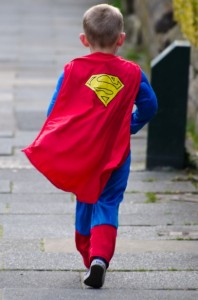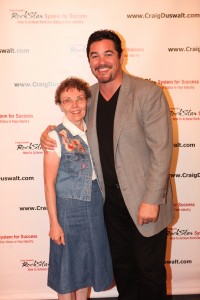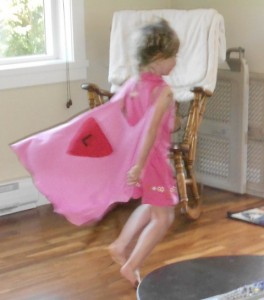There is a famous quote by George Bernard Shaw, “We don’t quit playing because we grow old, we grow old because we quit playing.” This weekend, I got to visit two places that are very connected to playing. The local toy store was having a celebration and sale. There were lots of families and kids of varying ages playing with some favorite toys and trying out new ones. This photo is of another place that had people playing, but this time it wasn’t kids but grownups, who were determined they wouldn’t grow old.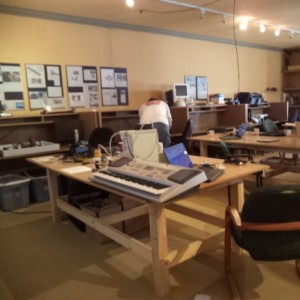
Several community groups, local volunteers, and generous donators have created a workshop facility for adults. After weeks and months of planning and countless hours of work, the space was organized into areas for photography and printing, woodworking, metal work, and electronics.
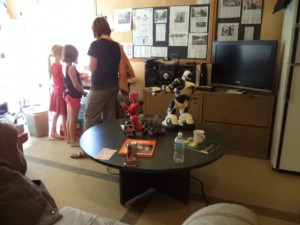 While the most common name is a workshop, it’s also a playspace. When adults play, it’s often called ‘tinkering’ and some members were tinkering with a small drone and some superhero-looking robots. There’s a meeting once a week where members can share their projects and get feedback and assistance from others in the group, a sort of adult play-date. This open-house was just as busy as the toy store.
While the most common name is a workshop, it’s also a playspace. When adults play, it’s often called ‘tinkering’ and some members were tinkering with a small drone and some superhero-looking robots. There’s a meeting once a week where members can share their projects and get feedback and assistance from others in the group, a sort of adult play-date. This open-house was just as busy as the toy store.
The National Institute for Play has an informative article on Pattern of Play. A few types of play are:
–play with objects, such as banging on pots, throwing rocks, or doing a puzzle,
–body-play, as in climbing, running, hanging from monkey bars, rolling down hills and more,
–imaginative and pretend play, which can happen alone or with others,
–and various forms of social play, from rough-and-tumble to building a block castle and reading a story together.
These same patterns exist for adults. Think of sports, theater, music, and art. Many careers include aspects of play, especially creativity and innovation.
For your child today, opportunities for play could include some playtime with objects, movement and outside activities, sharing a few stories and books, some pretend play, and maybe something creative like crafts or art or music. Hmm, maybe that could be the on the agenda for grownups too?

